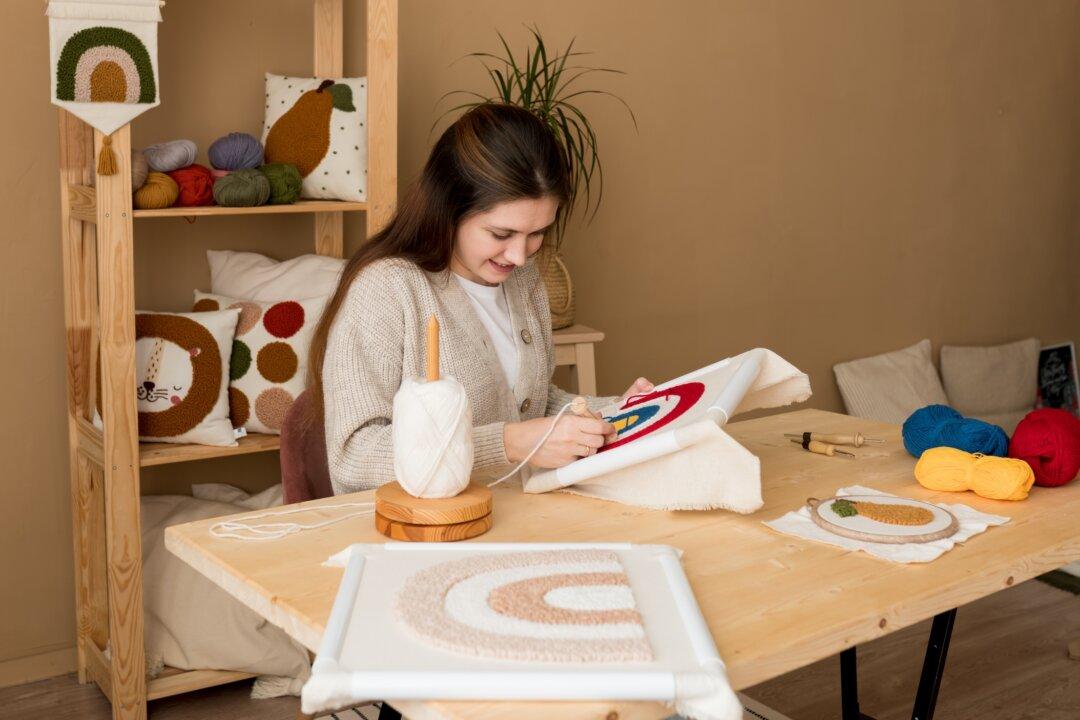Our journey toward minimalism wasn’t caused by one huge eye-opening event that made us evaluate every aspect of our lives. It began when we realized that we’d slowly become too comfortable with the norms of society and how easy it had become to accumulate more stuff, take on more tasks, and spend more money.
We became attached to convenience and easily bored. We would turn to spending money as a way to alleviate that boredom. As a way of entertaining myself, retail therapy became a go-to activity. Hello aimlessly perusing the home decor aisles of Target.






